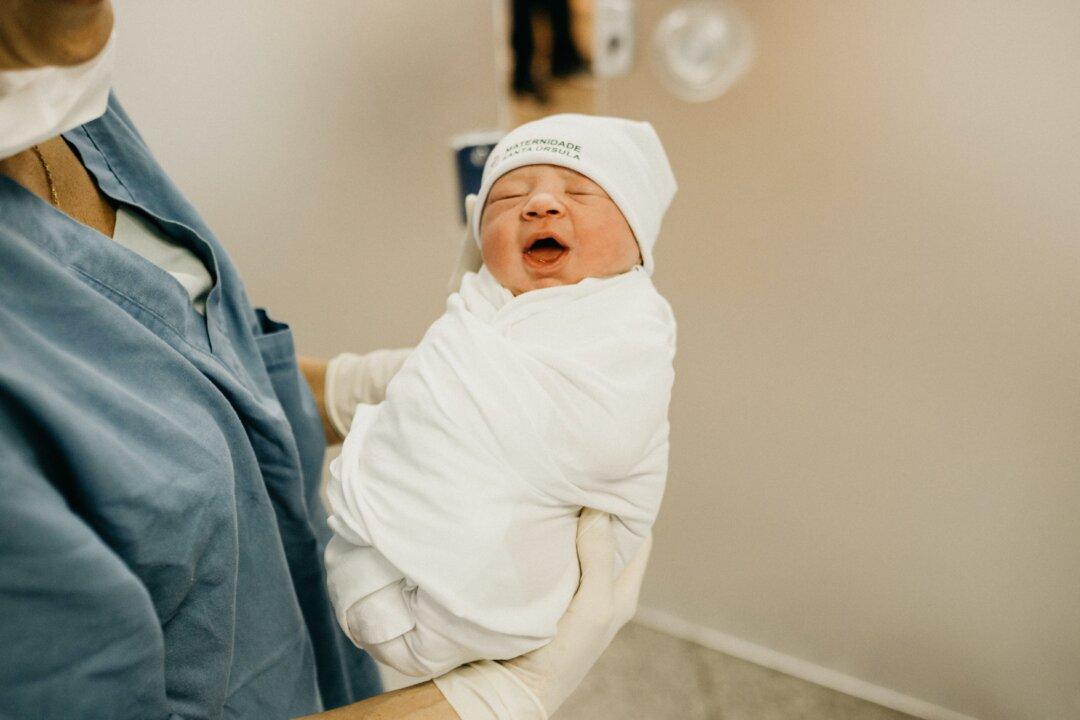Almost all newborn babies across the world speak the same language because of natural vocal reflexes during the first three months, according to a parenting expert who has broken down five universal sounds representing the most common needs of babies.
By understanding the subtle “pre-cry” sounds, caregivers can prevent the ensuing wailing siren from following, says Australian opera singer and inventor of the Dunstan method, which teaches parents the language of babies, Priscilla Dunstan.






